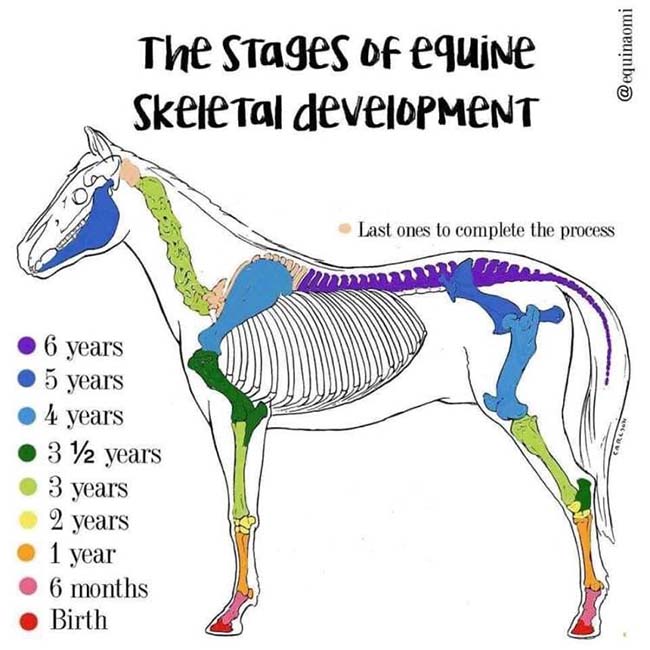By John Ledingham / HSI
Graphics: Courtesy HSI
‘If you don’t know where you are going, any road will get you there!’ (Lewis Carroll: 1832-1898). While the above quote from Lewis Carroll might work for some, when training young horses it is much better to have a plan. If I could misquote Lewis Carroll with regard to training young horses, it would go as follows: ‘When you know where you’re going, the shortest/ quickest road might not be the best option!’
The modern sport horse is desired to be an athletic animal with very quick reflexes. Depending on which mare and stallion you’ve selected, it is probably wise to look back three or four generations to see what inherited traits are dominant. Scientists have identified five temperament traits; these include shyness/boldness, exploration/ avoidance, activity, sociability and aggressive type behaviours. The reality is that, just as most experienced horse folk will verify, between 70% and 98% of a horse’s temperament is shaped by his or her experience. And recent behavioural research has shown that this process starts very early in life.
A Dutch study recently examined how the personality of riders interact with the temperament of the horse. Horses that were more emotionally reactive were more evasive when ridden, and cooperation between horse and rider was greatest with horses that were less emotionally reactive. Interestingly, a rider’s personality was not a significant factor in determining the relationship between horse and rider. (Scottish Farmer; August 20, 2012)
I will refer to the horse as ‘he’ in this article, but I have no preference between equally talented mares and geldings. Stallions, however, need to be treated with extra respect and have professional handlers.

convert to bone
A healthy, sound horse is essential for sport.
Every horse has differing conformation, and this will dictate the style and shape of movement in all paces. We read and hear a lot about self-carriage, engagement, collection, balance – but what does it all mean? In reality the horse will carry himself in a manner which is comfortable and energy efficient, according to his conformation. When you add a rider to the equation, everything changes and young horses must learn a new way to carry themselves, supporting this extra weight... To read the complete article you need to be a subscriber
CLICK HERE TO SUBSCRIBE TO BREEDING NEWS
SUBSCRIBERS CAN READ THE COMPLETE ARTICLE BY LOGGING IN AND RETURNING TO THIS PAGE




